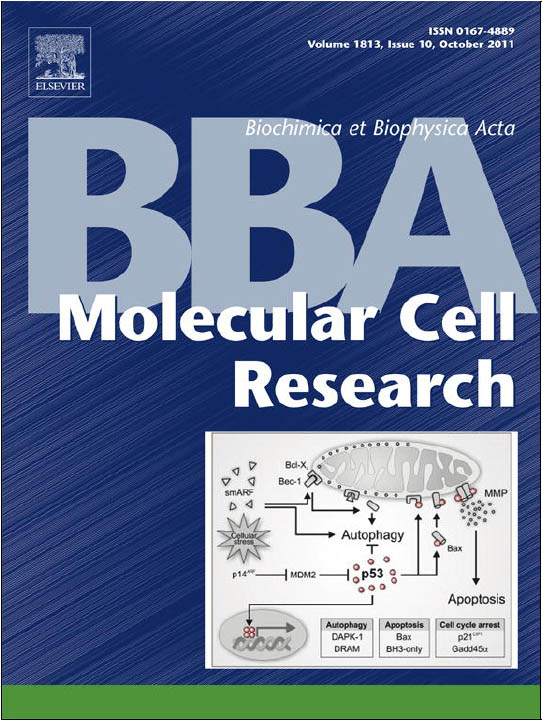Publications
Tau inhibits tubulin oligomerization induced by prion protein
Amebin, a novel protein, promotes actin filament bundling, inhibits acto-myosin ATPase activity and is essential for amoeba migration
06.05.2011
Amoeba proteus, one of the oldest eukaryotic unicellular organisms, for over a century has been widely used as a model to study cell motility. However, very little is known about molecular ...Forgetting of emotional information is hard: an fMRI study of directed forgetting
06.05.2011
Strong evidence suggests that memory for emotional information is much better than for neutral one. Thus, one may expect that forgetting of emotional information is difficult and requires ...Discovery of a novel family of putative oxidoreductases implicated in tumor developement
02.03.2011
Although the sequence of the human genome has been known for ten years, still the molecular function of a considerable part of the human proteome (at least a quarter of all the human proteins) ...Genetic Screen for Potassium Leaky Small Mechanosensitive Channels (MscS) in Escherichia coli
02.03.2011
MscS is a bacterial mechanosensitive channel (MS) that opens upon membrane stretch and will jettison osmolytes protecting the bacteria (together with another MS channel MscL) against lysis during ...

